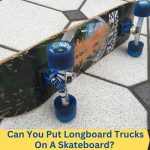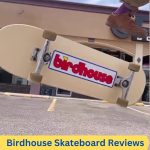Are you ready to turn your little one into the next Tony Hawk or Leticia Bufoni? As a seasoned skateboarder and a parent myself, I’m here to share some valuable tips on how to teach a kid to skateboard like a pro.
Don’t be afraid of kids falling multiple times, it’s part of the learning process (you already know that). However, this guideline will make it easier for a child to learn to ride.
Best of all, skateboarding is a great exercise for physical endurance and body-to-mind coordination. It also has a lot of health benefits and is a good way to learn determination and toughness. Moreover, a kid should get involved in real sports rather than sticking to video games.
Note: We recommend teaching a kid to skateboard after the age of 5. Children below the age of 5 are not legally allowed to be on a skateboard in the UK and the USA. According to the American Academy of Pediatrics (AAP), kids between 6 to 10 are allowed to ride a board only in the presence of an adult.
Read features of the best skateboards for beginner kids in 2025.
Contents
How to Teach a Kid to Skateboard
This basic skateboarding guide is for parents and kids who want to learn to ride a board. Kids learn very quickly, follow these steps and it will be a lot easier for children to learn skating.
1. Choose the Right Skateboard for Kids
Selecting the right skateboard for your kid is the most crucial part of learning. There are boards especially designed for children and they are easy to ride. Choose a deck size from 7″-7.5″ to 28″-32″ depending on the age and height of the child.
Make the kid stand on the deck (front toe touching the truck’s hardware and behind foot just close to the tail) and see if the distance between both feet is almost equal to the shoulder width and if they are standing comfortably.
Here are the best skateboards for beginner Kids in 2025.
2. Make Sure of the Protective Gear
Safety is the most important factor to consider regardless of age and skating level. It is advised to teach kids right from the beginning to build a habit of wearing protective gear while skateboarding. Parents or tutors must force kids to wear proper kit along with the following safety gear;
- Helmet
- Wrist and elbow Guards
- Knee Guard
- Proper Skateboarding Shoes
3. Get Comfortable with the Board
Start with placing the board on a grass patch or carpet to prevent free movement. Let the kid stand on the board and get comfortable with it. Make him/her bend the knees and stand up again on a steady board to get used to the movements and practice stabilizing the body.
After that, let the kids jump on the board a few times. Make them lean backward and forward while bending their knees to get familiar with the body motions.
4. Find the Stance
A kid must find the skateboarding stance to learn easily and practice the right way. If a child is comfortable with the left foot in front, it’s a regular stance, otherwise, the right foot in front is the goofy stance. The front foot is used for stability and the back foot to push the board.
5. Start on a Flat Surface
It is advised to start learning to skateboard on a flat surface. It will be difficult for a kid to stable the body on a sloppy track, which is a bit advanced stage for children. Also, never bring children on a busy street to learn to ride. Find a park with a flat concrete track or let them roll the board in a skate park.
6. Push the Board
Guide the kid to place the front foot on the deck and slowly push the board using the other foot. Do not place the behind foot on the board immediately. First, practice slight pushes in multiple short bursts until a child can ensure stability on the front foot.
Once you find your kid is pushing the board the right way without wobbling, make him push and stand on the board. There is no need to rush, take it slow with little steps. Remember, your kid is not going to learn to ride in a day or a week, it takes time and persistence.
Read a detailed guide on pushing a skateboard without falling.
7. Skate on a Less Steep Slope
Skateboard runs freely and faster on a slope. Once your kid is comfortable with the board’s movement on a flat surface, make him/her feel some speed on a slope. However, we recommend beginning with holding their hands, it will be their first time riding with such speed, and they might not be able to bear the thrill and fall. Hold their hands and let them roll down the slope gently.
After you find them getting comfortable with the speed and managing to stabilize the body on a moving board, let them skate freely and excite themselves with the thrilling sport.
Tips for Parents to Teach Children Skateboarding
Regardless of your skateboarding experience as a parent, it is always useful to follow some tips to train your kid to skateboard. Here are a few suggestions that parents should always keep in mind while coaching their children to ride a board;
- Always stay close to the child while he is on a board to monitor closely. Kids intend to overlook their limits and try to speed and perform stunts
- Protective gear is a must to wear while a kid is learning to ride, it boosts their confidence and prevents injuries
- Do not rush, learning to skateboard is a slow process, it requires dedication, persistence, and a lot of practice. There are days when children aren’t in the mood to learn something, choose another day
- Provide your kids with a skating environment. Let them have fun along with neighbor kids or friends to make sure they enjoy the sport, rather than just learning
- Setting goals actually boosts the process and excitement of a kid. Draw up a chart for weekly training drills and follow it
- Recording helps! It is advised to film the kids’ movements and the learning process to watch the videos later and rectify the moves. Also, let the kid watch the recordings to monitor the progress
- Always make sure the nuts and bolts are tight before putting your kid on a board
Final Verdict
I hope this post has served you enough guidance about how to teach a kid to skateboard. The key point is, to stay close and go slow on a child. Watching is a great way of learning, it is better to skateboard with the child to demonstrate the moves.
Falling is a crucial part of skateboarding that every skater has endured. Do not be afraid, always make sure that your child is wearing protective gear to minimize the chances of injuries.
If you are scared of falling from a board, read about how to get over the fear of skateboarding.
Frequently Asked Questions
What age should a child start skateboarding?
The recommended age for a child to start skateboarding is 5 years. According to the American Academy of Pediatrics (AAP), kids between 6 to 10 are allowed to ride a board only in the presence of an adult. So, it is advised that a child below the age of 5 should not start skateboarding.
How should a beginner learn to skateboard?
Here are the easy steps for a beginner to learn to skateboard;
- Get the right board for beginners
- Place it on grace, step on it and get comfortable with the board
- Place the board on a flat concrete surface and find your stance, is it goofy or regular
- Put the front foot on the deck (on the bolts of the front truck), gently push the board with your behind foot
- Place both feet on the board in the right posture while the board is moving, make sure to stabilize your body.
Can a 3 year old learn to skateboard?
It is not advised for a 3-year-old child to learn to skateboard. However, a 3-year kid can still enjoy skateboarding for fun under the supervision of an adult skater. Always remember to put safety gears on a child before letting him/her get on a board.
Can a 7 year old ride a skateboard?
Yes, a 7 year old can ride a skateboard while an adult is watching the child. Ensure the kid is wearing protective gear like a helmet, elbow, and knee guards to prevent injuries.
- Choose a kids skateboard that is beginner friendly, we advise going for the Beleev board.
- Let the kid stand on it without moving, and let him/her feel comfortable on a board on wheels.
- Hold his/her hands and let them move forward while maintaining balance.
- Once you find them getting comfortable on a moving board, leave their hands and let them ride freely on a slight downhill.
- That’s it, by now they’ll know how to ride a board – further, they’ll move to learn to perform tricks over time.
- Best Electric Skateboard for Big Guys (Heavy Duty E-Boards) - June 3, 2023
- Skateboard Clothing Brands to Make You Stand Out In 2025 - May 31, 2023
- 90s Skateboarding Brands: The Rise and Fall of the Legends - May 28, 2023
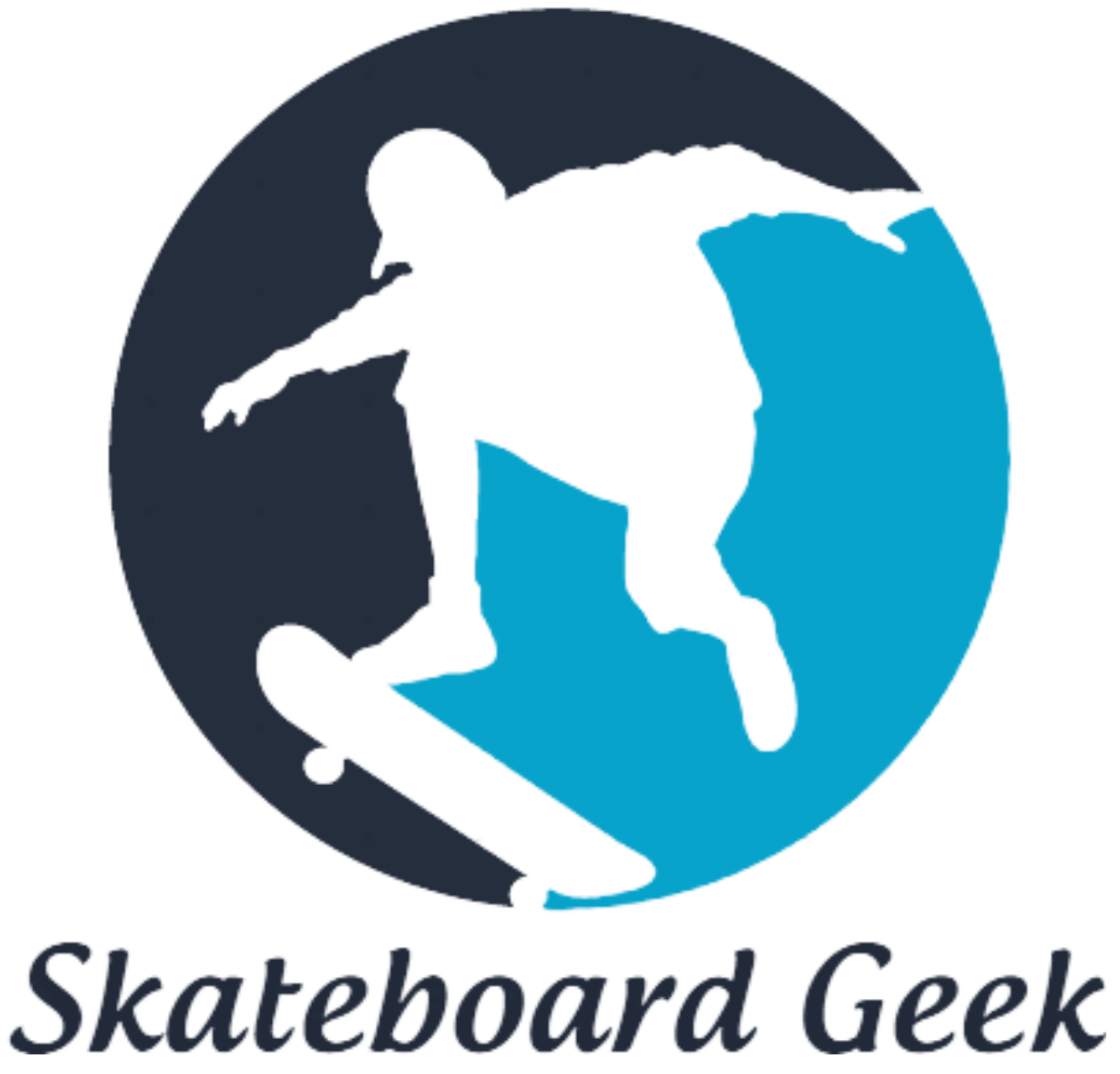
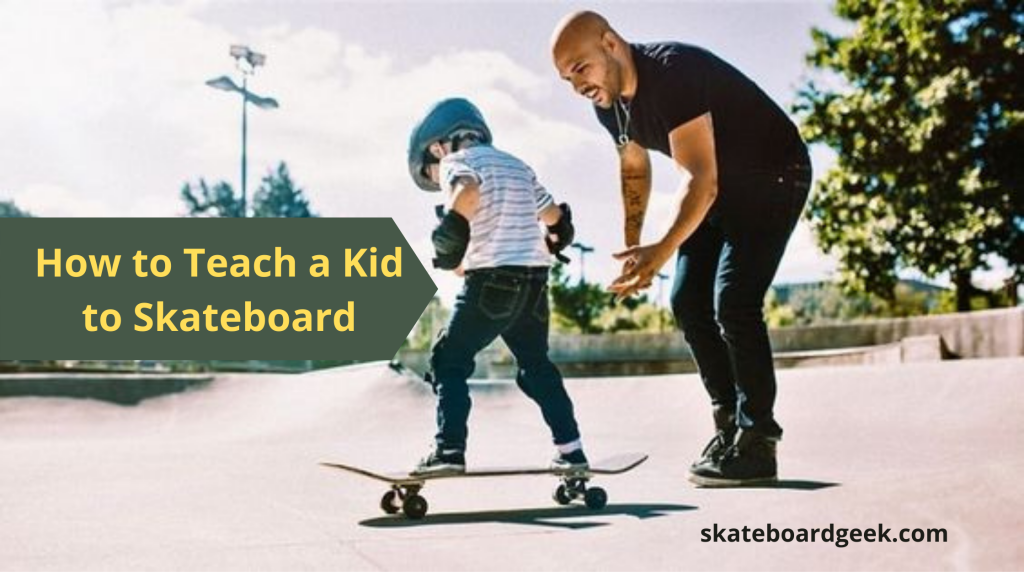


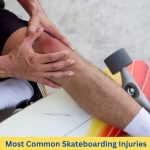
![CCS Skateboard Reviews - [Why They Are Trusted & Popular] ccs skateboard reviews](https://skateboardgeek.com/wp-content/uploads/2023/05/ccs-skateboard-review-150x150.jpg)
![How to Take Trucks off a Skateboard Like a Pro? [The Right Way] how to take trucks off a skateboard without a skate tool](https://skateboardgeek.com/wp-content/uploads/2023/05/how-to-take-trucks-off-a-skateboard-without-a-skate-tool-150x150.jpg)


